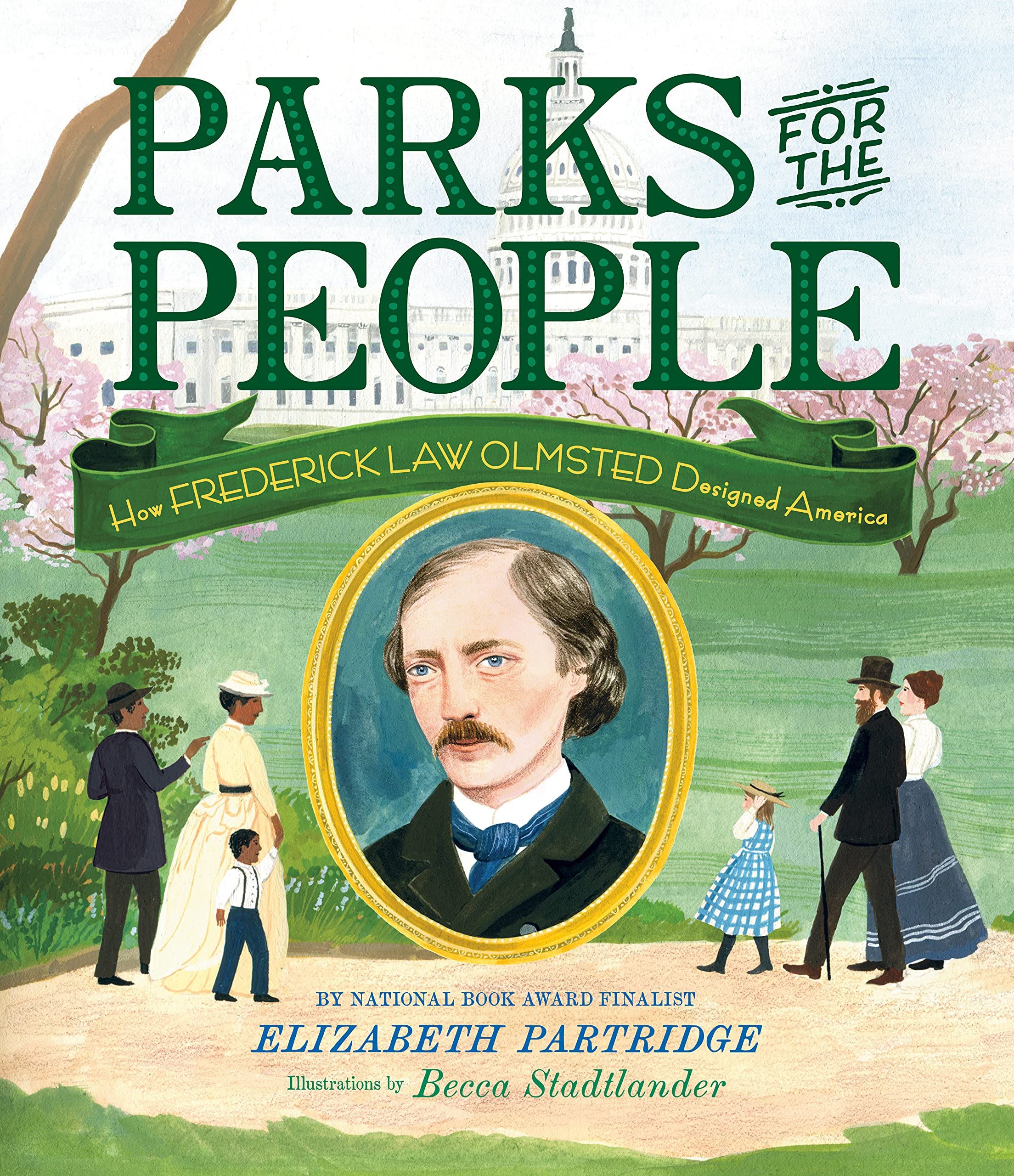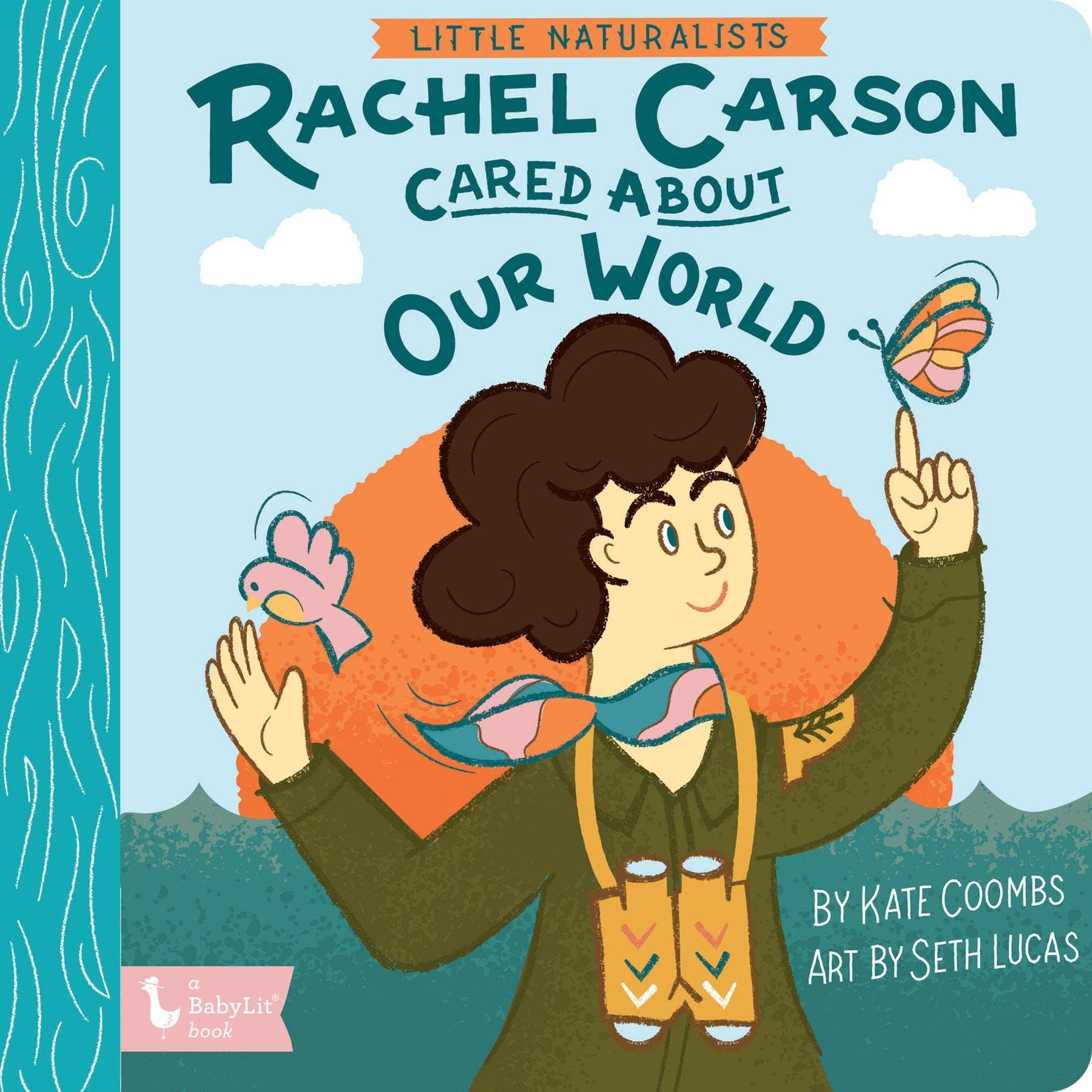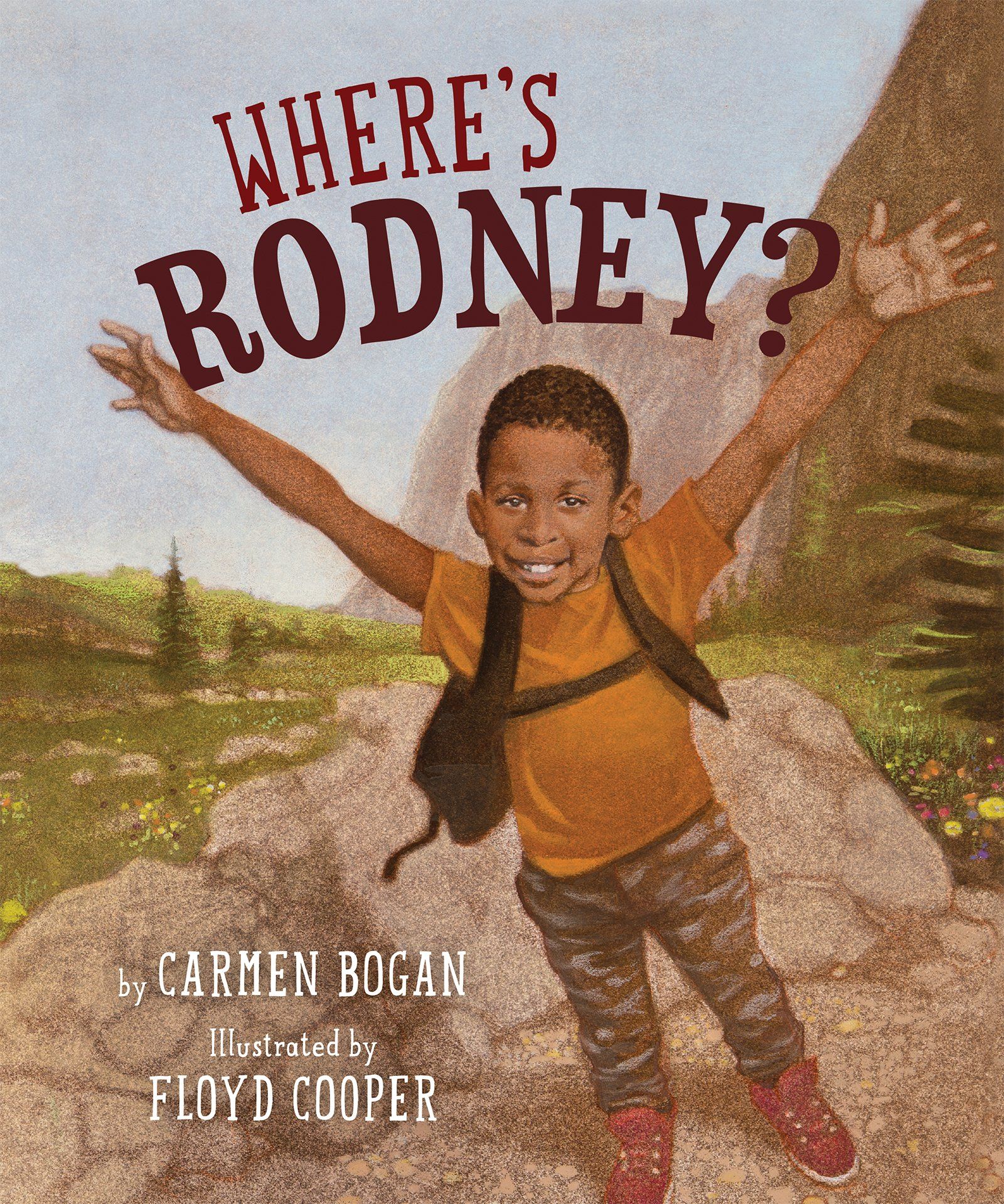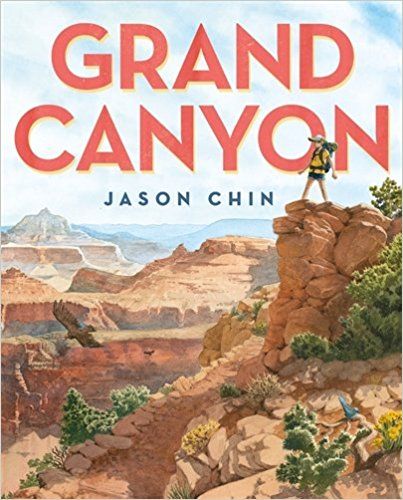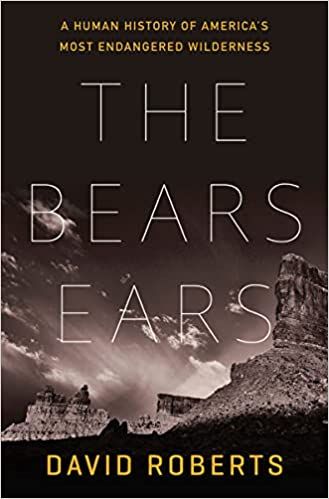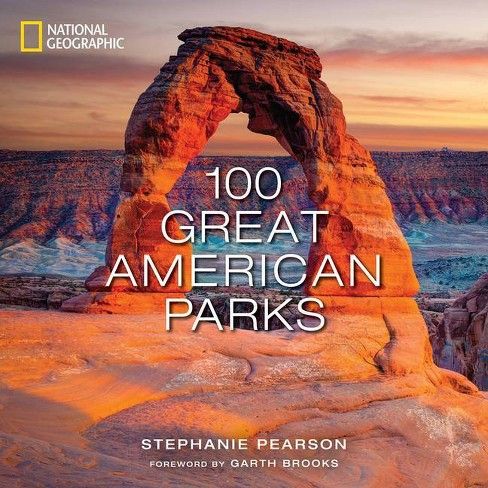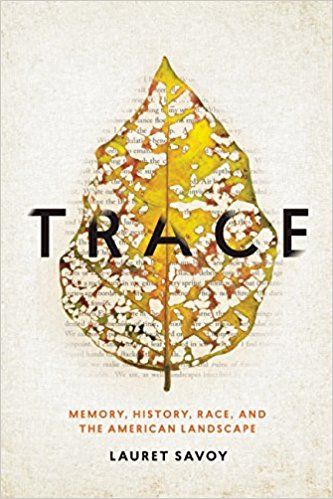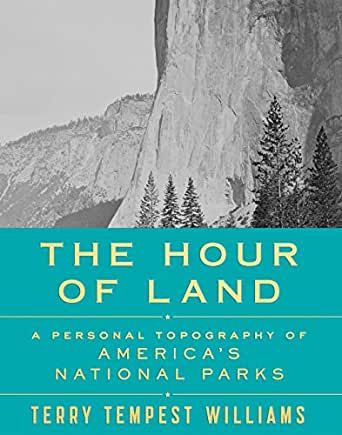But that hasn’t stopped me from watching documentaries, reading all of the guidebooks, memoirs, and books on the parks, and even incorporating it into our homeschooling. My son is much more outdoorsy, and has also fallen in love with the parks. The National Park Service has a great Junior Ranger program with many badges and programs that can be done online, and my son loves doing the booklets, learning about the parks, and then receiving his badges in the mail. The park rangers have been nothing but amazing, and now my son wants to join them.
History of the Parks
National Park Week 2022 is coming up from April 16 to April 24 and Junior Ranger Day on April 16, which got me thinking about books about the parks and their histories. While the park system may very well be “America’s best idea,” the way it was implemented left a lot to be desired. The lands were home to Indigenous peoples who were forced off the land, which was then stolen. Their history is well documented at national sites, and there have been battles over sacred sites in various parks. There have been arguments to return the parks to Indigenous tribes, but nothing has come of that yet. History is a complicated thing. Every country reckons with its history, all the time. No country is ever perfect, no government is perfect, and as much as people hate to admit it, even our activists and heroes aren’t perfect. But history can be examined fully, discussed, and hopefully learned from. The parks are no exception. If you read about the parks in any capacity, you’ll read about Theodore Roosevelt and John Muir. They are almost mythical figures in outdoorsy/parks culture, and they also said some pretty horrible things about Indigenous people. Muir could not conceptualize wilderness with Indigenous tribes living there. They took away from the land, he thought. Roosevelt felt that Black and Indigenous people were inferior to whites and, while president, agreed with removing Indigenous tribes from their territories. Ignoring this or removing them from the history doesn’t help anyone. It’s only through learning about them and their actions, and placing everything into the larger context can we see how history has helped shape the parks of today, and perhaps even shaped issues within the parks today.
Diversity in the Parks and Outdoors
More and more, diversity and access within outdoor spaces is being explored. J Drew Lanham, author of The Home Place, has written about his experiences being a Black birder in the South. Latria Graham writes about nature, her family’s relationship to nature and the outdoors, as well as discrimination in the parks. Carolyn Finney has explored representation in her book Black Faces, White Spaces: Reimagining the Relationship of African Americans to the Great Outdoors, and Derick Lugo chronicled his Appalachian Trail journey in The Unlikely Thru-Hiker. But even so, many things that are written (or get the most publicity in outdoor magazines, outdoor websites, and in book projects) tend to be largely male and white. I do believe it is changing, though, both on the page and in the wilderness. There are countless initiatives like Outdoors Empowered Network, Hike Clerb, Diversify Outdoors, Indigenous Women Hike, and Latino Outdoors, focusing on increasing diversity in natural spaces and increasing access for those who may not otherwise be able to have outdoor adventures or feel comfortable enough to do so. With more programs for children and teens, as well as the National Park Service Junior Ranger programs and their young adult programs, the NPS is looking to the future. While federal talks of giving land back have yet to be had, more people are discussing it. More and more programs are recognizing that underserved children and those who would not otherwise have access benefit from the parks, and so I’m hopeful that the future of the parks and the NPS will be a bright one, with improved accessibility for all. The National Park Service is so much more than the 63 National Parks, which makes it a subject that can be explored in a variety of ways, at all different ages. There are National Battlefields, National Historic Sites, National Lakeshores, National Parkways, National Scenic Trails, and much more. Guidebooks, novels, memoirs, and histories of the parks are just some of the types of books about the parks that are out there, for all ages. Especially if you can’t get to a park right now, reading about them is the next best thing. I’ve gathered a few books for both children and adults to whet your appetite. If you’re looking for even more books about the outdoors, check out this post on camping books for kids, and this post on books about sustainability and nature.
Books About National Parks/Outdoors for Children
Books About National Parks/Outdoors for Adults
If this list only whetted your appetite for books about National Parks, check out the 100 Must-Read Books About the National Parks.
